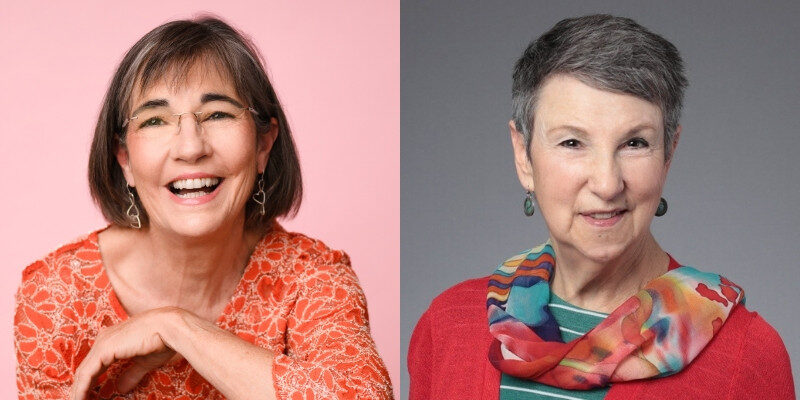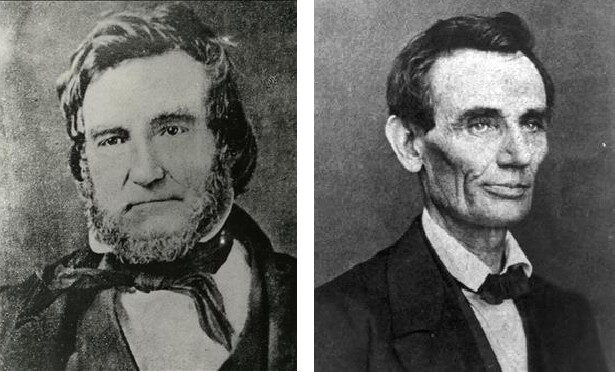Cataracts are the world’s leading cause of blindness, accounting for approximately 42% of all cases of blindness.
Approximately 25 million Americans have cataracts, which causes cloudy, blurry or dim vision and often develops with advancing age leading. The condition can lead to blindness, according to the American Academy of Ophthalmology.
As everyone grows older, the lenses of their eyes thicken and become cloudier. Eventually, they may find it more difficult to read street signs. Colors may seem dull. These symptoms may signal cataracts, which affect about 70 percent of people by age 75.
Cataracts generally do not cause pain, redness or tears. However, there are changes in your vision that may be signs of cataract:
- Difficulty with glare from oncoming headlights at night
- Requiring brighter light in order to read
- Blurred vision, ghost images, the sense of a film over the eyes.
- Lights seem too dim for reading or close-up work, or you are dazzled by strong light.
- The need to change eyeglass prescriptions often, but the change may not seem to help your vision.
Get an idea of what someone with cataracts might experience with this cataract vision simulator.
Fortunately, cataracts can be corrected with surgery.
“Cataracts form in everyone if you live long enough,” stated Dr. Robert Tester of the Evergreen Eye Center. “They slowly progress from being nearly undetectable causing minimal symptoms of glare or decreased acuity to causing complete blindness in their end-stage. The process is so slow that many patients don’t notice just how compromised their vision has become.” He added, “For this reason, regular eye exams become more important as you age.”
Cataract surgery is the most common surgical intervention performed in the United States today. Each year, over 4 million Americans have their vision restored with this quick, painless procedure. The technological advances in cataract surgery have made it possible for many patients to also enjoy spectacle independence after their surgery.
“I am very grateful, after getting the surgery I could see things that I couldn’t before, like small print, signs on the street, and I could go back to reading books and using my phone without having to look for readers. After more than 50 years, I’m very grateful that I don’t need glasses anymore” said Cecilia Jacque, a patient that had Cataract Corrective Surgery over 10 years ago.
This article is courtesy of Evergreen Eye Center

















